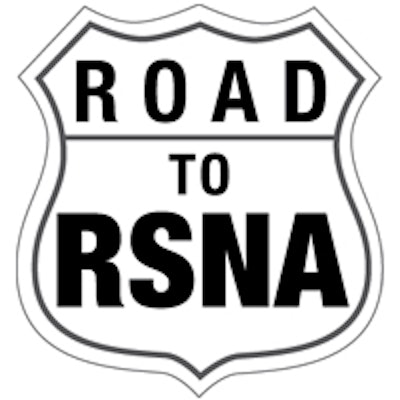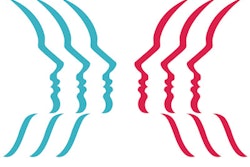
Our next destination on the Road to RSNA is a stop in healthcare IT for a preview of this year's presentations on radiation dose monitoring software, reporting, and other analytics topics.
Radiation dose monitoring will again be an important area of emphasis at this year's RSNA 2016 meeting. Researchers will come to Chicago ready to discuss, for example, how automatic measurement of patient anatomical landmarks by radiation dose monitoring software paves the way for patient-specific organ dosimetry.
Attendees will also be able to hear about the value of personalized feedback on radiation dose to patients and staff during image-guided interventions, and how dose-monitoring software led presenters to conclude that CT diagnostic reference levels (DRLs) should be based on clinical indication instead of anatomical region.
Investigators are also continuing to seek enhancements in areas related to radiology reporting. For example, a team found that failure by referring physicians to include a meaningful exam order significantly increased the risk of hedging language being included in radiology reports.
Other talks at McCormick Place will discuss how a mobile dictation app can decrease reporting time, how DICOM enhancements can benefit reporting of prostate multiparametric MRI studies, and how radiologists need to work on communicating more clearly and effectively now that patients are increasingly reading their radiology reports. A keynote presentation will also explore whether radiologists should be responsible for closing the loop on follow-up recommendations in their reports.
Speaking of patients, radiologists need to pay attention to their online patient rating, according to one scientific presentation at RSNA 2016. Another talk will share what patients want from their MRI experience.
In other analytics-oriented presentations, researchers will describe how unconscious brain processes may help improve image interpretations and how simulations and machine-learning technology can help optimize utilization of MRI scanners. Another group will assess the impact of telephone interruptions to radiologists.
In developments in clinical decision support (CDS), researchers found that CDS can significantly lower the number of inappropriate imaging studies ordered for emergency department (ED) patients with lower back pain.
See below for previews of these and other healthcare IT-related scientific papers at RSNA 2016. Of course, these are just a sample of the content on offer; a host of refresher courses and educational exhibits also await those who make the trip to the Windy City. For more information on those talks and other abstracts in this year's scientific and educational program, click here.
If you haven't already, please also check out our related Road to RSNA Imaging Informatics Preview for our coverage of PACS, deep learning, and teleradiology. Our Advanced Visualization section on Tuesday will highlight 3D and computer-aided detection (CAD) topics.



















